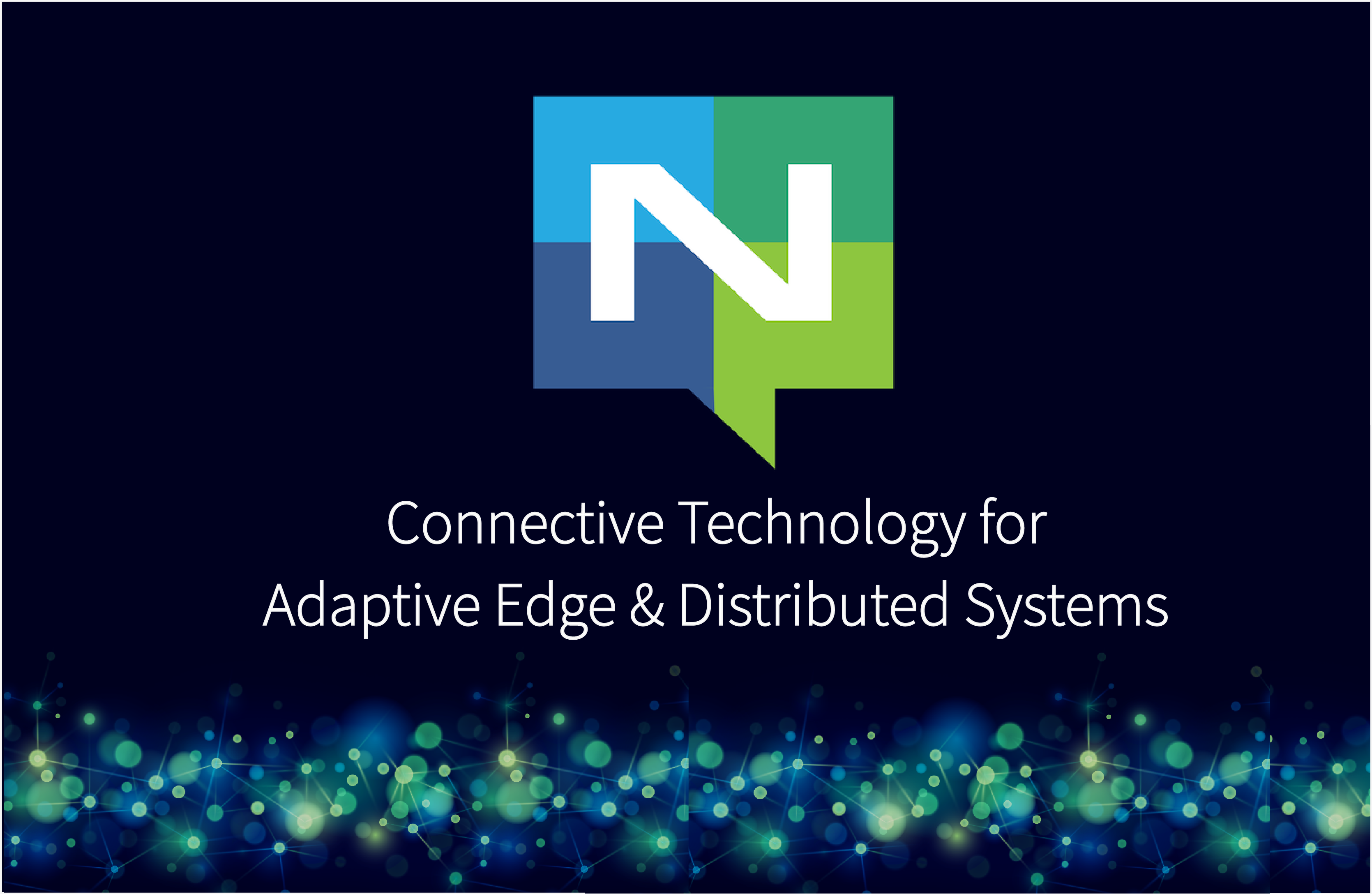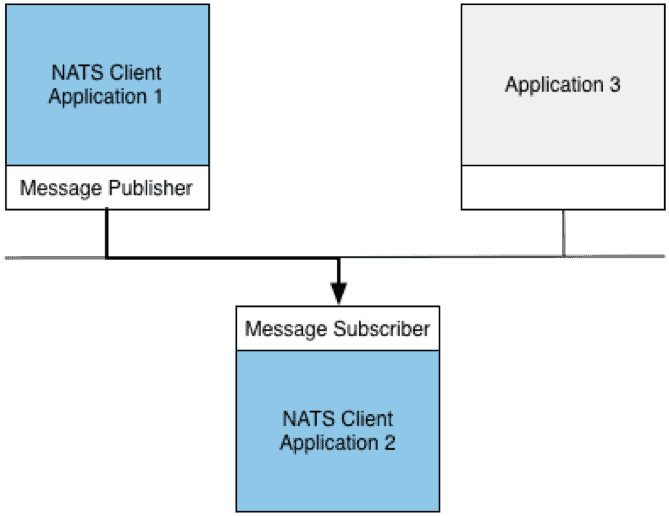NATS

What is NATS
NATS is a connective technology that powers modern distributed systems. A connective technology is responsible for addressing, discovery and exchanging of messages that drive the common patterns in distributed systems; asking and answering questions, aka services/microservices, and making and processing statements, or stream processing.
Modern distributed systems are defined by an ever increasing number of hyper-connected moving parts and the additional data they generate. They employ both services and streams to drive business value.
They are also being defined by location independence and mobility, and not just for things we would typically recognize as front end technologies. Today’s systems and the backend processes, microservices and stream processing are being asked to be location independent and mobile as well, all while being secure.

What makes NATS Unique
- NATS manages addressing and discovery based on subjects and not hostname and ports. Defaulting to M:N communications, which is a superset of 1:1, meaning it can do 1:1 but can also do so much more. If you have a 1:1 system that is successful in development, ask how many other moving parts are required for production to work around the assumption of 1:1? Things like load balancers, log systems, and network security models, as well as proxies and sidecars. If your production system requires all of these things just to get around the fact that the connective technology being used, e.g. HTTP or gRPC, is 1:1, it’s time to give NATS.io a look.
- NATS can be deployed nearly anywhere; on bare metal, in a VM, as a container, inside K8S, on a device, or whichever environment you choose. NATS runs well within deployment frameworks or without.
- Similarly, NATS is secure by default and makes no requirements on network perimeter security models. When you start considering mobilizing your backend microservices and stream processors, many times the biggest roadblock is security.
Main Features
This Project is Open Source.You can find it here
- Pure pub-sub
- Clustered mode server
- Auto-pruning of subscribers
- Text-based protocol
- Multiple qualities of service (QoS)
- Durable subscriptions
- Event streaming service
- Last/Initial value caching

Use Cases
NATS can run anywhere, from large servers and cloud instances, through edge gateways and even IoT devices. Use cases for NATS include:
Cloud Messaging
- Services (microservices, service mesh)
- Event/Data Streaming (observability, analytics, ML/AI)
Command and Control
- IoT and Edge
- Telemetry / Sensor Data / Command and Control
Augmenting or Replacing Legacy Messaging Systems
Scalable, Future-Proof Deployments
NATS infrastructure and clients communicate all topology changes in real-time. This means that NATS clients do not need to change when NATS deployments change. Having to change clients with deployments would be like having to reboot your phone every time your cell provider added or changed a cell tower. This sounds ridiculous of course, but think about how many systems today have their front ends tied so closely to the backend, that any change requires a complete front end reboot or at least a reconfiguration. NATS clients and applications need no such change when backend servers are added and removed and changed. Even DNS is only used to bootstrap first contact, after that, NATS handles endpoint locations transparently.